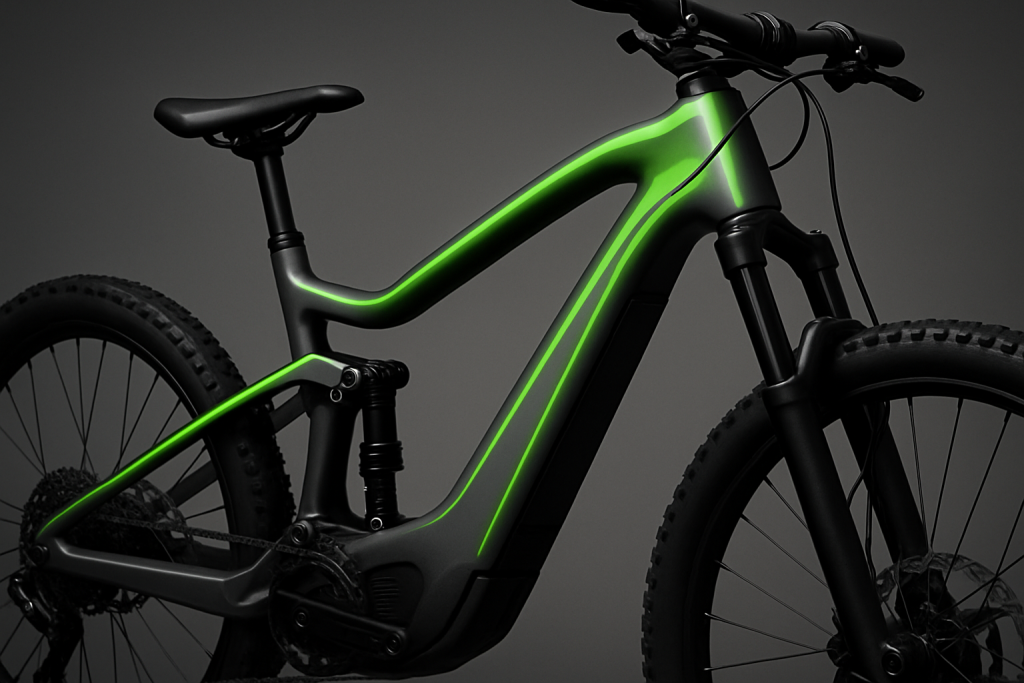In profile bending, noise and vibration aren’t minor annoyances. They often point to larger problems: misaligned rollers, worn components, or weak structural design. These signs help you identify how well a machine is built and how reliably it will perform over time.
What Are Noise and Vibration Ratings?
Before checking a machine’s performance, it helps to know what noise and vibration ratings actually measure.
Noise ratings, expressed in decibels (dB), tell you how much sound a machine produces. Higher readings often signal poor insulation, unbalanced drives, or mechanical stress. However, sound levels can also vary based on the machine’s power source, speed, and workload. For example, hydraulic-driven machines tend to operate louder than electric ones. Always assess noise in the context of the machine’s design and purpose.”
Vibration ratings, given in millimeters per second (mm/s RMS) or g-force, show how much a machine shakes while running. For most profile bending applications, mm/s RMS is the standard unit based on ISO guidelines. G-force readings are more common in high-frequency or shock-sensitive systems, and less relevant for typical bending operations.” Motors, frame movement, and uneven drives are usually the cause.
These figures are usually gathered during factory acceptance testing (FAT), commissioning, or setup, but methods differ between manufacturers.
Some manufacturers only offer noise and vibration measurements upon request. It’s important to ask if this data is included in the FAT documentation before purchase.
Indicators of Machine Build Quality
Noise and vibration don’t just show how a machine runs, they reveal how it was built.
Accuracy in Parts

Machines that run with minimal vibration tend to have tighter mechanical fits, better balance, and more stable assemblies. These traits show attention to detail in design and construction.
Strong Frames
When a machine runs quietly, it usually means the frame is solid. A rigid, well-built structure reduces excess motion and absorbs shock, which helps maintain smooth operation.
Smooth Movement
Tightly aligned rollers and consistent power delivery help machines stay quiet and stable. Precision gearing and servo motors contribute to this effect by keeping everything moving in sync.
Note: Vibration issues in CNC systems can be a sign of backlash, uneven feed rates, or an undersized frame. These signs point to problems that need to be corrected.
Why Excessive Noise and Vibration Are Red Flags
Machines that make too much noise or shake too much usually have something wrong internally. You can often trace the problem to poor build quality or mechanical stress.
Faster Wear
Excess movement causes parts to loosen or break down sooner. The extent of wear depends on the vibration’s frequency and duration. When the vibration matches the machine’s natural frequency, it can amplify the effect, causing even faster deterioration. Joints, seals, and bearings often wear out faster on machines that vibrate heavily.
Poor Bend Accuracy
When the machine vibrates too much, the final part may come out uneven or warped. You might see distortions, inconsistent curves, or other shape issues.

Health and Safety Risks
Constant exposure to loud noise and vibration wears down operators. Over time, this can cause hearing loss or hand-arm vibration injuries.
Lost Output and Higher Costs
Shaking and excess motion waste energy. The machine has to work harder to do the same job, which drives up your costs and lowers overall performance.
Some machines, especially those with hydraulic systems, can be louder by design. But consistent vibration combined with noise is a more reliable sign that something needs attention.
What to Ask Suppliers Before Buying
If you’re considering a new profile bending machine, don’t focus only on the features. Ask about how the machine performs in real use.
- Are vibration and noise levels measured during testing?
- What noise (dB) and vibration (mm/s) values are recorded during typical runs?
- What parts of the machine help reduce vibration such as mounts or pads?
- Is the system built to track changes in movement or sound over time?
Tip: Ask whether the machine meets ISO 20816 standards (which replaced ISO 10816). These vibration guidelines help evaluate the severity of machine oscillation during operation.
Maintenance and Monitoring Tips
Simple checks can prevent breakdowns and help you catch small problems early.
Test Vibration Regularly
Use handheld meters during maintenance to track how the machine is behaving. A sudden change may mean something is starting to wear out.
Record Starting Values
Keep noise and vibration data from the first day of operation. Later, if the machine runs differently, you’ll have something to compare it against.
Add Fixes If Needed
If the machine starts to shake more than normal, install damping pads, change the mounts, or upgrade certain drive components.
Use Machine Alerts
Many CNC systems include alerts that flag unexpected motion. These warnings give you a heads-up before a part fails.
However, not all machines include this feature as standard. It’s more common in high-end or custom CNC systems, so confirm whether it’s part of the control interface when reviewing machine specs.
Quiet and Stable Machines Speak Volumes
A machine that runs with low noise and little vibration reflects strong design and proper assembly. Solid structure, accurate part alignment, and stable power delivery all contribute to better performance and fewer issues over time. When a machine sounds and feels right, it’s usually built right.
Track these signals as part of your maintenance routine or your inspection process. You’ll reduce downtime, improve bend quality, and protect both your investment and your operators. Noise and vibration don’t just make the workplace more comfortable. They help you identify machines that will hold up under pressure.
Inductaflex builds profile bending machines designed to run smooth, stay quiet, and deliver top results. Contact us to see how our technology can help you get more reliable performance with every bend.






















